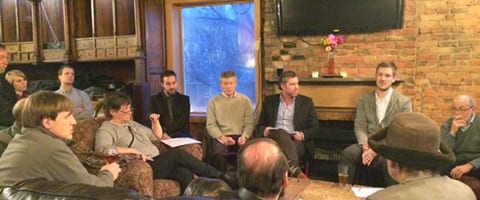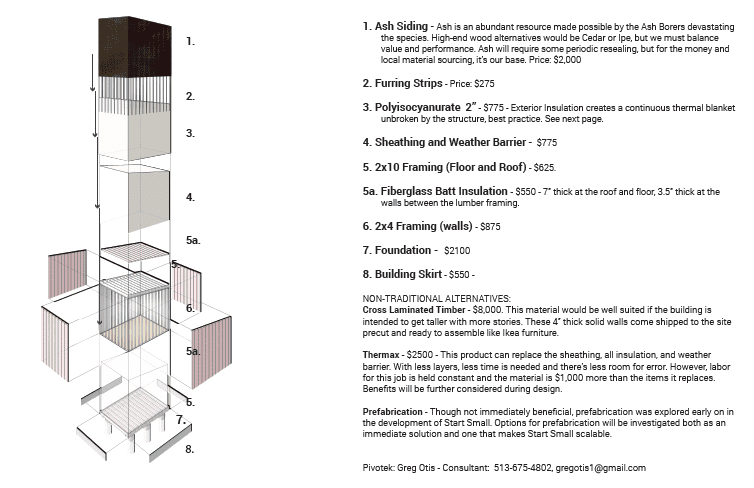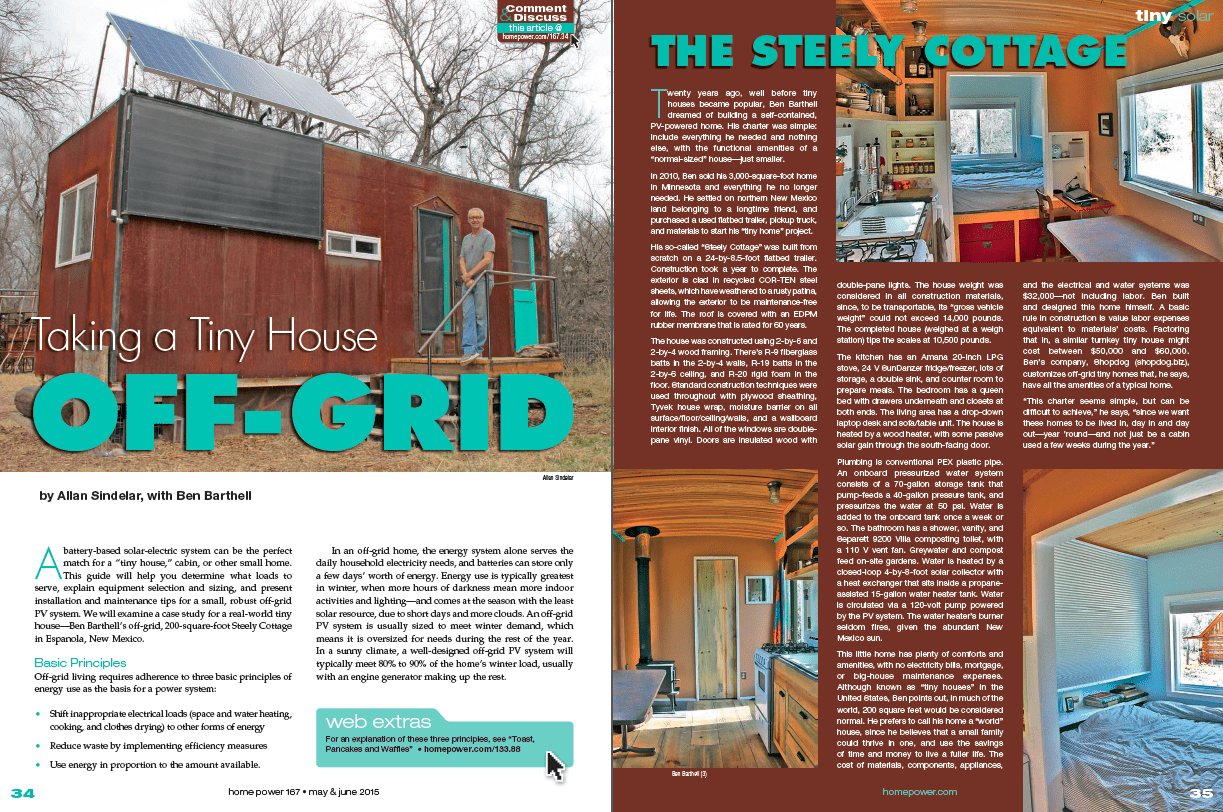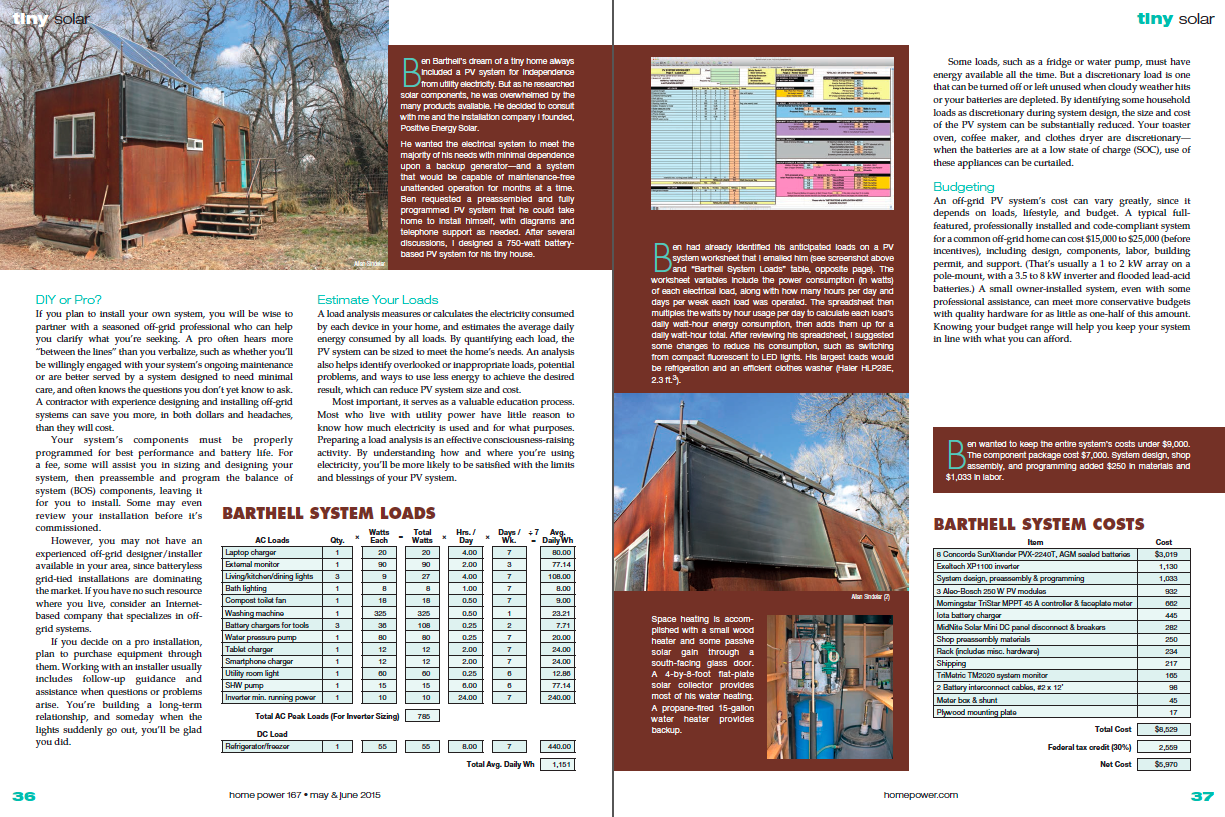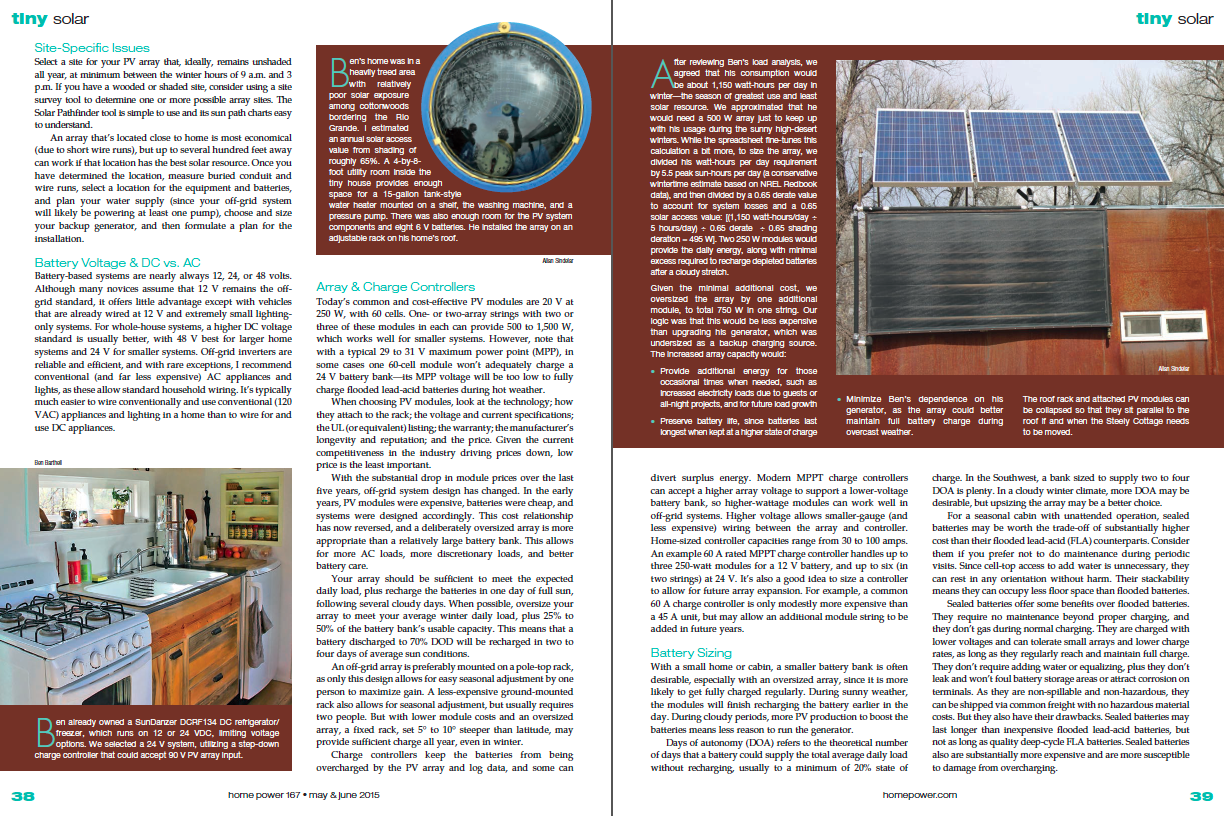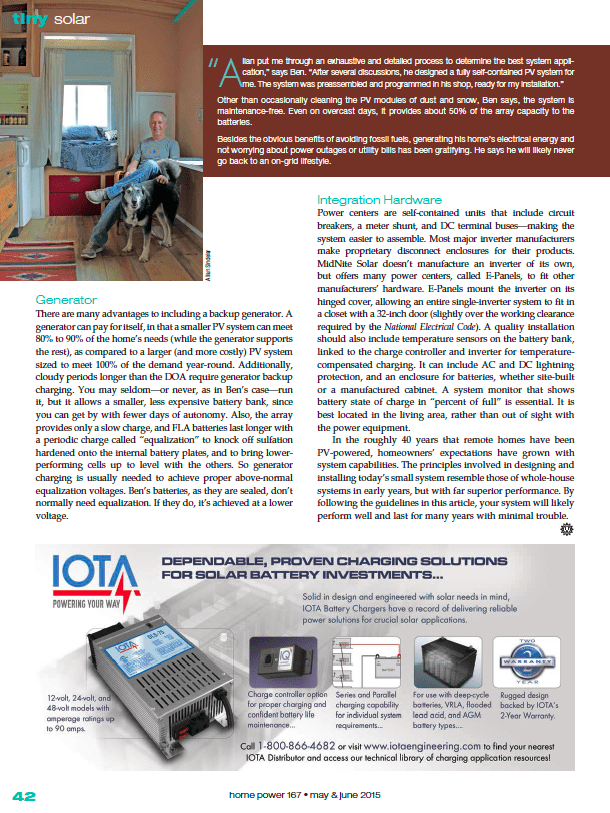AIA Urban Design- Housing Prototypes for the Urban Landscape
Jan 14, 2015, 5:30 till 7:30 pm, Neon’s Unplugged, 208 East 12th St., Cincinnati, OH 45202, FREE
Guests: Adam Rayne and Brad Cooper
Much of the recent housing development in Cincinnati’s urban core has taken the form of Apartments and town houses in multi-tenant structures. But there is a lot of interest in other housing typologies which are affordable and which can fit the needs of young families.
The conversation at this salon , which starts with descriptions of the two new prototypes, will explore housing forms, neighborhood structures and strategies for sustainable housing. The featured guests, Adam Rayne and Bradley Cooper, are deeply engaged in these issues. Adam Rayne is a resident of Walnut Hills. With previous degrees in Civil Engineering and a decade of experience working globally inPetroleum Engineering field, he is in his final, thesis year of the Master of Architecture program and DAAP. His thesis asserts that a housing typology that is a smaller house that suits living closer to where we work can have a great impact on building a sustainable future. His typology is for the currently underserved in the urban core. It is a single family housing based on sustainability, a smaller footprint(in the range of 1000-1800 sq ft) and at a price point that is attainable for a young, professional couple.
Brad Cooper is an architect intern who studied at DAAP. His project, Start Small, which was one of two winners of the 2015 Halle Fellowship, will address the issue of urban homeownership affordability by considering the whole cost of housing via tiny homes. Small units within the city create different opportunities to take advantage of land and city amenities. The possibility for anyone to purchase a high quality home is the exciting base concern. Start Small includes the construction of two, 200 sq. ft. zero-net-waste tiny houses which will be self-sustaining and long-term investments in the community.
Report from the event, Brad outlined his concept for an affordable home that would be 30% of the income of a person that made $24,000 per year. At a home cost of $8,000 per year it would meet the affordability standards of the government. Adam Rayne added, “Currently young professionals and low income families can’t afford to purchase home in Over-The-Rhine. They move to Mason where they can get a small yard and two or three bedrooms. Adam wants to build a $200,000 to $300,000 home that is sustainable in the urban core. Adam reported that the current home spends more on cabinets than insulation and should do away with foundations and the excavations required. There was discussion on the requirement to tap into water mains, the tap can’t be used for more than one home. Composting toilets aren’t allowed in Cincinnati. And I’ll add that even though it’s now legal, no building in Cincinnati uses gray water to flush toilets except for the “Sink Perfect” toilet watercloset top hand washing basin my office, Chad Ewards’ residence and Heather Curless uses at Greener Stock. Adam described his 1500 sqf home as having small bedrooms and a large living space. Adams’ vision also included outside rooms in the yard. Brad just toured a 90 sqf home being built in Independance, KY. There was also a tiny home on a trailer in Price Hill that he visited. Brad described a developer’s plan which include six small homes right next to each other to save on shipping and staging costs. Brad also liked Adam’s plan of extending the home to the outside and perhaps establishing two homes on the same lot that could share the outdoor space. Judith Lewis, a local developer, described her concerns that small single family homes on urban lots just mimics the problems with suburbia. She described clustered small four of six family buildings that share common walls for energy efficiency and building economy. Adam wants to keep young families in the urban core and prevent them from having to move to the suburbs. Adam suggests getting rid of upper cabinets in kitchens and eliminating the exotic flooring and replacing it with polished concrete. “Finishes,” he says, “account to 30% of a home.” Brad shared a studying done in Chili that found owners wanted a bath tub instead of a hot water heater. And plywood counter tops could suffice in the beginning and other finishes could be applied later. Adam’s research into modular prefabricated homes are made with steel framing. Brad wants to have the homes LEED Certified. One attended brought out the obvious that urban apartments are being designed for families with common areas for children to play, etc. “Why are we trying to shoe horn the suburbia model back into the city?” he concluded. Brad countered with the Danish model of a lower development that allows easy access to outdoor spaces. Adam added that OTR developers are targeting the downsizing baby boomers and no the millennials. Brad added in response to a comment about appearance, that his homes will have a foundation and will have to go through the historical approval process. Adam is worried most about the millennials that have grown their family and find they have to move out of OTR to satisfy their needs. One attendee brought up a big point in that it’s the schools that cause families to move. Adams calls it “schooling and safety” he thinks they are misconceived problems. For safety, it’s more dangerous to live in the suburbs. Alice Emons, architect of the first LEED homes in Northside, shared that more of the public schools are open to neighborhood attendance. More discussion followed about transportation of kids across town and away from their classmates. Brad reported that a survey was done of tiny home owners: 25% over fifty, 30% under 35 so they aren’t millennials. A Mariemont resident, who would consider moving into a tiny home, brought up the code issue by saying, “Let’s change it.” Others mentioned that the codes for 200 sqf minimum was there for a reason, so developers would build small apartments and then cram tenets in. An architect attending mentioned that people buy a neighborhood. He was worried that neighborhood councils would accept the quick fix to blight and empty lots and should wait for higher quality residences. Brad is working with Cornerstone Equity and OTR Community Housing to find the right owners that embrace it with dignity and are not repesentative of criticisms that the small homes are “tiny shacks for poor people to live in.” Adam started to conclude with, “This is a model developers don’t see yet, smaller homes with many urban amenities and good schools.” Brad gave a price range of his homes as $50,000 to $85,000 including solar panels. Brad reported that there will be another presentation at 2622 Gilbert Ave. , former Church of the Assumption, on Jan 28th, 2015. Brad’s solar panel budget is $20,000. Brad’s homes are designed to be Net-Zero energy, Living Building Challenge, and LEED. Brad will have a community input session at the end of February, contact Brad at [email protected].
The article announcing Brad Cooper’s grant http://www.cincinnati.com/story/news/2014/11/30/haile-fellows/19721863
Here is an article recently published in Home Power about taking a tiny home off the grid.
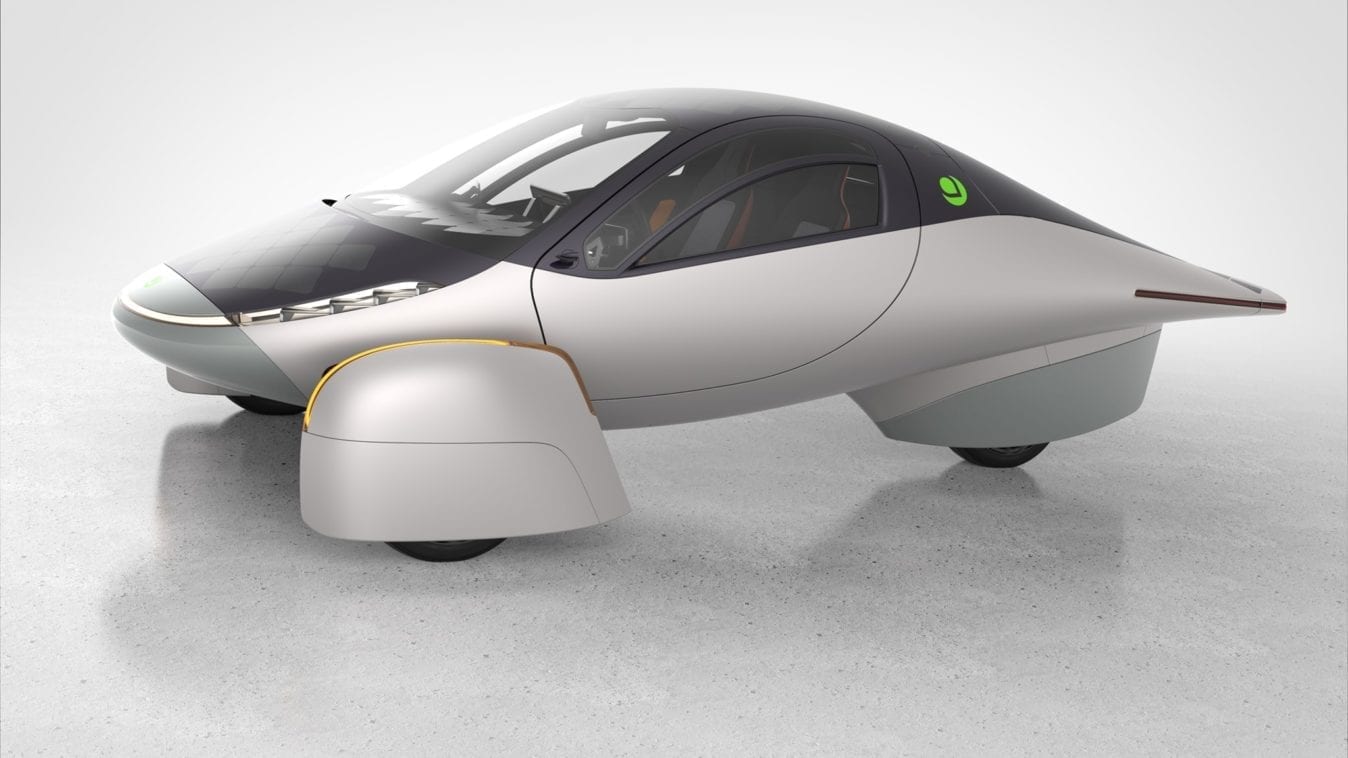
Get $30 off your Aptera Pre-Order
Click this link and you’ll receive a promo code for $30 off an Aptera pre-order. The 2nd Generation Aptera launched Dec. 4, 2020 and is on track to be the first self charging electric vehicle. The two-person, three-wheeler is covered with solar panels which allow self-charging but it also comes with a plug for charging. For every person I refer, I’ll earn a $1,000 credit towards an Aptera. After referring 26 people, I’ll score a free standard edition model. I’m a volunteer Aptera Ambassador, read more about this incredible solution to beautiful design and the ultimate in sustainability! Thanks for your referral, Chuck Lohre, Editor, Green Cincinnati Education Advocacy. #aptera #apteramotors


